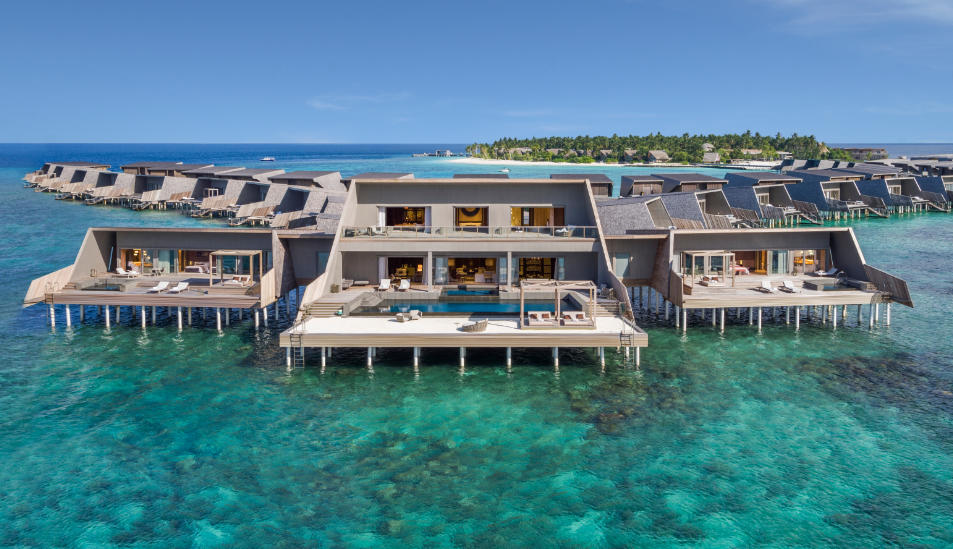Namibia
Namibia is a country of startling contrasts that straddle two great deserts: the Namib and the Kalahari. The Namib Desert is the oldest desert on the planet and its sea of red sand lines the entire Atlantic coastline, while the eastern interior is home to the Kalahari, a vast and sparsely vegetated savannah that sprawls across the border into neighboring countries. Namibia is a large country, encompassing over 319,000 sq. miles (which makes it larger than France and Great Britain combined), yet it supports a population of only 1.8 million.
The National Parks and Game Reserves boast a huge variety of wildlife in an array of environments: Giraffes amble across the blinding white saltpans of Etosha National Park, Oryx plunge headlong up steep red dunes at Sossusvlei, and seals in their many thousands colonize lonely beaches along the Skeleton Coast. The contrasts are everywhere for the visitor to savor, enjoy and photograph. Namibia has rapidly become a well-known safari destination, known for its remote and intimate lodges, interaction with the indigenous people as well as the wildlife, and offering unique opportunities in becoming involved with the cultural heritage of its people.
HIGHLIGHTS
As a consequence of the vast distances between destinations in this huge and breathtaking land we recommend you fly from lodge to lodge. This allows you to appreciate the country from the air, as well as providing more time for exploring on the ground in the company of highly trained, passionate guides who are eager to share their knowledge of this wonderful country.
Namibia is easily and commonly accessed by flights from South Africa. Johannesburg and Cape Town have regularly scheduled flights to Windhoek, Namibia. Flights from Maun, Botswana also regularly fly to Windhoek. Air Namibia fly’s from Europe directly to Windhoek.
Etosha National Park
From April to September, it is peak season around Etosha National park as the temperature is a bit cooler than during summer. Animals tend to gather around water holes, so game viewing is very good during these months.
Sossusvlei
The best time to visit southern Namibia is between May and September when the temperature is a bit cooler.
Skeleton Coast
The northern Skeleton Coast experiences much the same weather year-round: moderate temperatures with mist, wind, and hardly any rain. If visiting inland areas of the northern portion of Namibia, May to September is a bit cooler.
Skeleton Coast
The Skeleton Coast Park in Northern Namibia is one of the most remote, uninhabited, yet beautiful places on our planet. This is a safari destination that rivals anything in Africa for those who enjoy the excitement of wild and remote places. The Skeleton Coast has everything from sand dunes, windswept plains, canyons, salt pans, to enormous seal colonies, shipwrecks and a tremendous underwater life. Summers are incredibly mild, even though you are in the desert because of cool ocean air that forms mists over the coastline, bringing life sustaining moisture to the desert's fauna and flora. Neighboring areas such as Damaraland and Kaokoveld offer stunning landscape and wonderful interaction with the local Himba people.
WATCH
MY DREAM TRIP
STORIES
DISCOVER SOME OF OUR FAVORITE STORIES FOR INSPIRATION.















